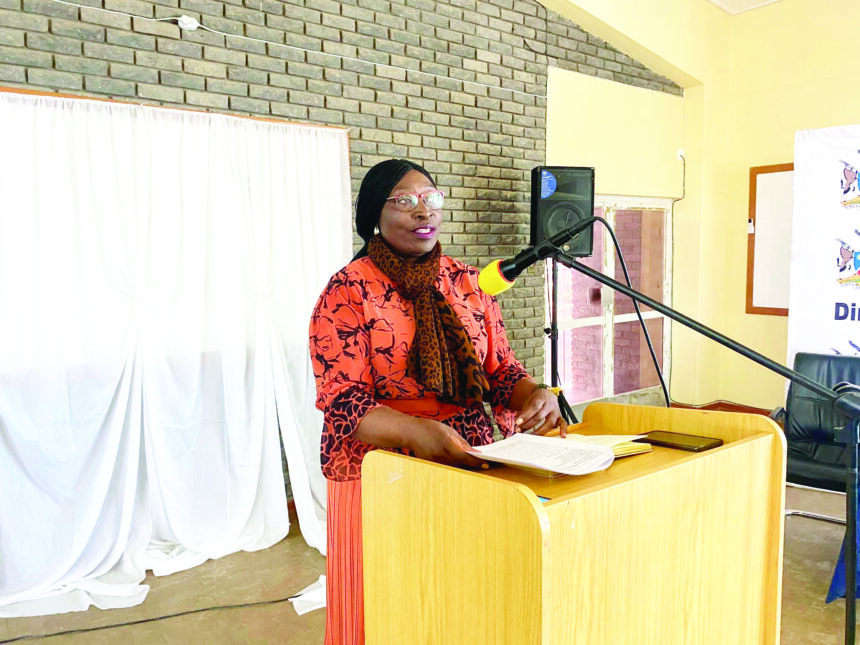Bela Bento
SWAKOPMUND – The Deputy Minister of Education, Arts and Culture Faustina Caley has noted with concern the misuse of the practical and pre-vocational funds by some schools across the country.
She was speaking at the 2024 Erongo regional engagement with principals, heads of department and other stakeholders at Swakopmund on Monday.
The meeting was aimed at addressing issues of importance to the future, and improvement of the quality of education in the region.
In 2023, the ministry allocated funds to 352 schools for practical subjects like Biology, Agricultural Science and Chemistry.
However, it was noted with concern that some schools did not utilise these funds as intended.
“This practice is highly discouraged. Failure to procure consumables, materials and minor equipment to prepare learners for practical examinations will leave them disadvantaged,” she stressed.
She added that the universal education grant (UEG) will be increased in 2024 from N$200 to N$300 per learner for pre-primary and primary schools, and from N$300 to N$400 per learner for secondary schools.
She cautioned that with the increased funds comes greater responsibility to ensure that financial controls are strengthened.
“We must spend the funds on activities that have the most impact on teaching and learning,” the minister urged.
Caley also expressed concern over the dormant state of cluster centres, which should serve as hubs for continuous professional development and sharing of best-practices.
There is thus a need to resuscitate the cluster system for the benefit of the Namibian child.
She also advised school managers to collaborate to achieve educational transformation.
Erongo governor Neville Andre, in a speech delivered on his behalf, highlighted the areas which need improvement in the region’s education performance, despite schools, teachers and learners having consistently strived to achieve outstanding results.
“The challenges we face are not unique to our region, but reflective of broader national trends. These include resource constraints, the need for more effective teaching methodologies, and the imperative to support our learners more comprehensively,” he noted.
–Nampa


